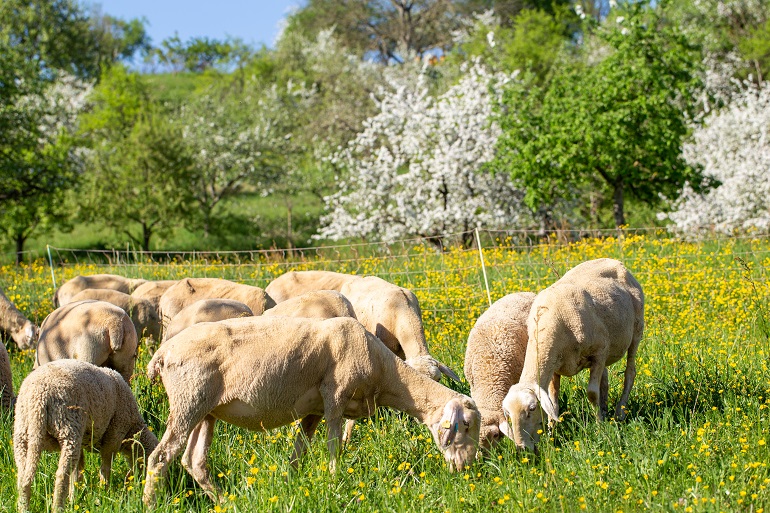What is Rotational Grazing and what is Adaptive multi-paddock grazing ?

This post is also available in:
This post is also available in:
![]() Español (Spanish)
Español (Spanish) ![]() Français (French)
Français (French) ![]() Deutsch (German)
Deutsch (German) ![]() Nederlands (Dutch)
Nederlands (Dutch) ![]() हिन्दी (Hindi)
हिन्दी (Hindi) ![]() العربية (Arabic)
العربية (Arabic) ![]() Türkçe (Turkish)
Türkçe (Turkish) ![]() 简体中文 (Chinese (Simplified))
简体中文 (Chinese (Simplified)) ![]() Русский (Russian)
Русский (Russian) ![]() Italiano (Italian)
Italiano (Italian) ![]() Ελληνικά (Greek)
Ελληνικά (Greek) ![]() Português (Portuguese (Brazil))
Português (Portuguese (Brazil)) ![]() Tiếng Việt (Vietnamese)
Tiếng Việt (Vietnamese) ![]() Indonesia (Indonesian)
Indonesia (Indonesian) ![]() 한국어 (Korean)
한국어 (Korean) ![]() polski (Polish)
polski (Polish)
What is Rotational Grazing and what is Adaptive multi-paddock grazing ?
Livestock farmers need to take measures against deforestation and complete flora destruction that may result from overgrazing. Hence, they buy or build portable fences to rotate livestock inside the field and avoid deforestation from their grazing. In that case, they promote the so-called rotational grazing. This means that, for example, they divide their area into 5 or 6 equal parts and let their animals graze for two weeks only in part 1. At the end of two weeks, or earlier, if they observe that 80% of its plantation has been diminished due to grazing, they block the access to part 1 and let the animals graze only in part 2. After two weeks, they block the access to part 2 and send the animals to part 3, etc.
Under this scheme, the pasture in all the field parts will have the proper time (at least 8-10 weeks) to grow again, form deeper roots, and develop properly, without the threat of deforestation and complete destruction. Adaptive multi-paddock grazing is a form of rotational grazing in which many animals are allowed to graze in a short area for a very short period. After this, the area that was grazed is left to recover for a long period of time. The advantage is that the animals are not selective on what to graze since they are overcrowded in a very small area, so the field is evenly grazed and then left to recover for a long time.
What is continuous grazing?
Continuous grazing is exactly the opposite of rotational grazing. It means that farmers let the animals graze freely in all the available area. In order to avoid deforestation from overgrazing, the area must be big enough, while the number of animals must be relatively small.









































































